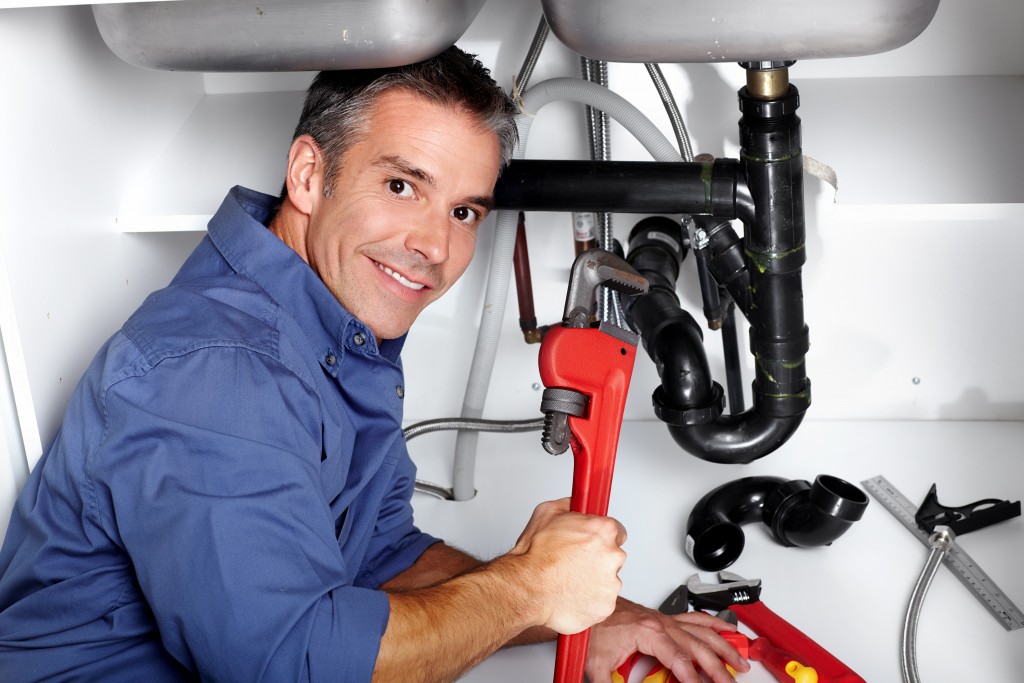Plumbing will follow basic laws of nature — pressure, gravity, and water seeking its level. In your home, the plumbing system has two different subsystems. The first brings in freshwater while the second takes out wastewater.
Water getting into the house comes under pressure, and the system has features that control this pressure to help water travel to different places upstairs and around corners. Valves are placed in different parts of the plumbing supply in Utah to shut off or stop the water.
In a plumbing emergency, for example, the plumber might shut off the main valve to allow them to cater to a pipe burst. Since the valves regulate water flow in different parts of the system, they come in different types including:
The gate valve
This is the kind of faucet you will find in almost all plumbing applications. The valve works by lowering or raising a gate inside the system through a knob that sticks out of the system.
The gate valve cannot reduce water flow. It is designed to open fully or close completely. Using a gate valve to control the pressure can wear the valve out. Gate valves are used on the branch and main water supplies.
The ball valve
Many plumbers love ball valves because they are reliable and can work as alternatives for gate valves. However, ball valves are conventional in the mains supply line, working to shut off branch lines. These valves have balls with middle holes.
When you turn the ball, it either allows water to flow unimpeded or stops the flow. Ball valves commonly have a lever handle. When you turn the handle to become parallel to the system, you turn it on. Perpendicular means no water is flowing.
The globe valve
The globe valve is about water regulation. It is used in plumbing systems in places where the water pressure needs reducing or increasing on the regular.
The globe valve typically has a stopper which you lower or raise using a knob. Such stoppers will seal and stop the water flow. Globe valves look like balls. They are common in outdoor applications and utility faucets.
The check valve

These valves are standard in storage applications and water tanks. They have inlets to let water in, and outlets for directing it out but water must move in one direction. In a container, the valve allows pressurized or pumped water to stay in the tank.
When the pressure decreases, the valve stops water from pouring out because of gravity. This valve is often confused with back-flow preventers.
Pressure-reducing valves
These types of valves help to lower pressure to bring it to acceptable limits. They typically have a diaphragm and a spring that you adjust according to the demands of the supply system.
These valves must not be used to switch the water off or on. Note that they are necessary for protecting your appliances as water at high pressure can damage your water lines.
The water supply in your home and the drainage system are distinct. Should they ever overlap, it could become a health problem. Keeping fixtures and valves at optimal is one way to prevent an overlap. You do not want water backing up through drains, for example.
